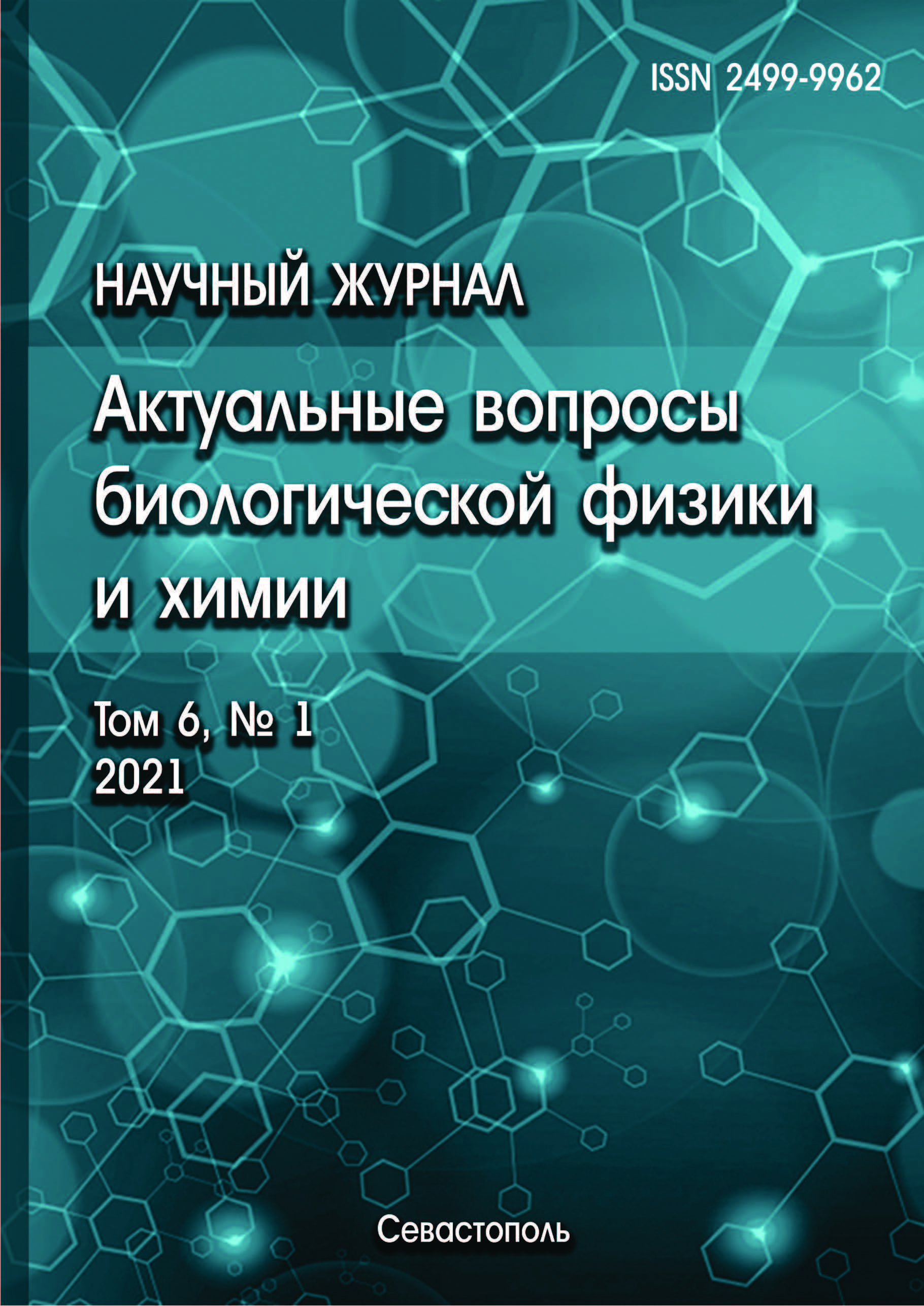Baku, Azerbaijan
Baku, Azerbaijan
Baku, Azerbaijan
The tachykinin peptide hylambatin was isolated and chemically characterized from methanol extracts of the skin of Hylambates maculatus, an African crustacean frog. Hylambatin consists of twelve amino acid residues in the sequence - DPPDPNRFYGMMamide. It differs structurally from all other known tachykinins mainly by the presence of a methionine residue replacing the usual leucine residue at position 2 from the C-terminus. It was shown that its C-terminal octapeptide sequence (5-12) was as active as the parent molecule. In this work, the study of the conformational properties of the hylambatin molecule and its fragment (5-12) was carried out by the method of molecular mechanics. As a result of minimizing the energy of the composed structural variants, low-energy conformations of the C-terminal octapeptide (5-12) hylambatin were found. The α-helical conformations of the octapeptide were found to be energetically most preferable. It has been shown that the low-energy conformations of the octapeptide mainly form the-helix at the C-terminus of the molecule. The resulting conformations are stabilized mainly by the energy of dispersion interactions, i.e. ultimately, packing density. The calculation showed that the lowest-energy conformations of the octapeptide differ from each other in the relative mobility of the N-terminal tripeptide region of the fragment. Comparison of the low-energy conformations of the C-terminal pentapeptide, octapeptide, and the whole hylambatin molecule reveals some continuity of energetically preferred structures. In all calculated peptides, preference is given to structures leading to the elongation of the α-helix. Conformational analysis of the sequentially extended C-terminal fragments of the hylambatin molecule revealed a significant consistency of results with an increase in the length of the peptide chain under consideration. Indeed, starting from the C-terminal pentapeptide and ending with dodecapeptidamide, the α-helical conformations turned out to be energetically preferable from fragment to fragment.
hylambatin, octapeptide (5-12), conformation, molecular mechanics method
1. Güllner H.G., Harris V., Yajima H., Unger R.H. Hylambatin, a structurally unique tachykinin: effects on insulin and glucagon secretion. Arch.Int. Pharmacodyn. Ther., 1984, vol. 272, no. 2, pp. 304-309.
2. Inoue A., Fukuyasu T., Nakata Y., Yajima H., Nomizu M., Inagaki Y., Asano K., Segawa T. Structure-activity relationship of hylambatin and its fragments as studied in the guinea-pig ileum. Journal of Pharmacy and Pharmacology, 1988, vol. 40, iss. 1, pp. 72-73.
3. Agaeva G.A., Agaeva U.T., Godzhaev N.M. Osobennosti prostranstvennoy organizacii molekul gemokinina-1 cheloveka i gemokinina-1 myshi/krysy. Biofizika, 2015, t. 60, vyp. 3, s. 457-470. @@Agaeva G.A., Agaeva U.T., Godzhaev N.M. Features of the spatial organization of the molecules of human hemokinin-1 and mouse / rat hemokinin-1. Biophysics, 2015, vol. 60, no. 3, pp. 457-470. (In Russ.)
4. IUPAC-IUB Commision on Biochemical Nomenclature Abbreviations and symbols for description of conformation of polypeptide chains. Pure Appl. Chem., 1974, vol. 40, pp. 291-308.
5. Maksumov I.S., Ismailova L.I., Godzhaev N.M. Programma poluempiricheskogo rascheta konformaciy molekulyarnyh kompleksov na EVM. Zhurnal strukturnoy himii, 1983, t. 24, № 4, s. 147-148. @@Maksumov I.S., Ismailova L.I., Godzhaev N.M. Program for semi-empirical calculation of conformations of molecular complexes on a computer. Journal of Structural Chemistry, 1983, vol. 24, no. 4, pp. 147-148. (In Russ.)
6. Schimmel P.R., Flory P.J. Conformational energies and conformational statistics of copolypepides containing L-proline. J. Mol. Biol., 1968, vol.34, pp. 105-111.










